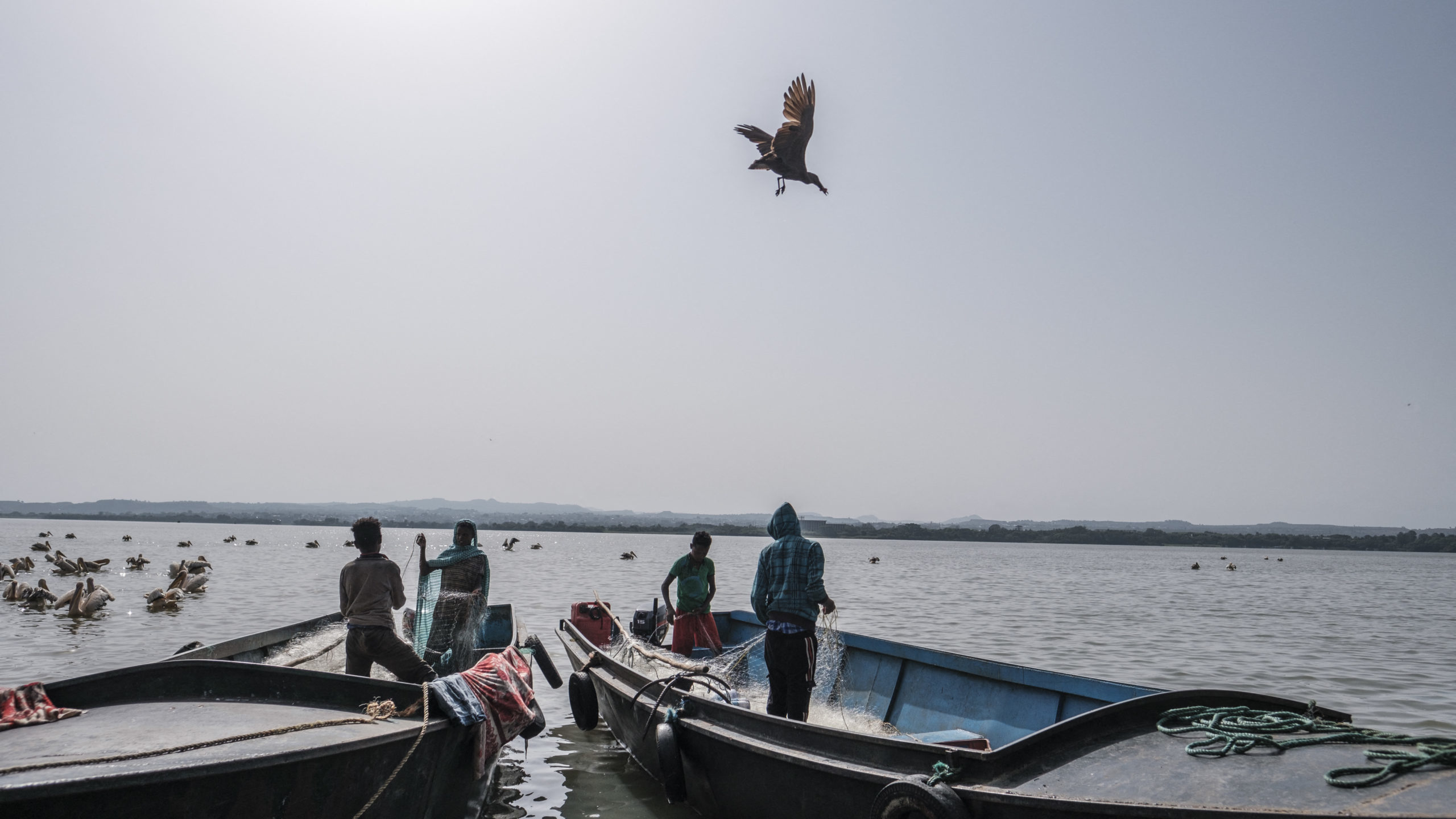When the International Energy Agency (IEA) called for an immediate halt to all new oil and gas investment worldwide back in May, it appears they neglected to account for two important realities: Africa and Asia.
Those two continents have been in a population and economic boom for decades. The forecast is for more of the same in the future, to at least 2050. This is relevant given that the IEA and others would like to see oil and natural gas exploration, extraction and consumption stopped dead around the world sooner rather than later.
A problem for the IEA and others who engage in what amounts to magical thinking: African and Asian demand for oil and natural gas soared in the last three decades. Absent a miracle transformation of technology—which the world’s leading expert on energy transitions does not see—consumers, businesses, and governments in those two continents and everywhere else will need oil and gas as far as the demographic and economic “eye” can see.
To grasp Africa and Asia’s appetite for energy, consider both continents’ massive population and economic growth.
Back in 1990, Africa’s population was 630 million people. That doubled to 1.3 billion by 2019 and is forecast to double again to 2.6 billion by 2050. In Asia, the population grew from 3.2 billion in 1990 to 4.6 billion by 2019, and the forecast is for another 950 million people in Asia by 2050. Or put another way, compared with 2019, Africa and Asia will add nearly 2.3 billion people to the planet by 2050.
As for economic growth, between 1990 and 2019 the Gross Domestic Product (GDP) of the emerging economies in Africa and Asia combined has been, on average, above four percent annually. The ten largest African economies increased their collective GDP from $346 billion in 1990 to $1.8 trillion in 2019. In Asia, the GDP of the top ten economies rose from $4.6 trillion in 1990 to $27.8 trillion in 2019.
That economic growth required energy. Between 1990 and 2018 (the most recent year available for this next statistic), the total annual consumption of oil and natural gas rose by 177 percent. In Asia, the annual consumption of oil and gas between 1990 and 2018 rose by 189 percent.
Akin to what stock market watchers offer as a caveat, past performance is no guarantee of future returns. It is possible all the forecasts for African and Asian population and economic growth turn out to be wrong, that both continents suddenly cease growing, though we are aware of no such predictions.
If Africa and Asia do zoom ahead, then consumers, businesses and governments will need much more oil and natural gas.
That this is likely—renewables will not yet meet the energy need be it in India, Nigeria, or China and South Korea, among others—comes from the world’s leading expert on energy transitions, Vaclav Smil, professor emeritus of the environment at the University of Manitoba.
Also relevant is if other energy sources can replace oil and natural gas. As Smil noted in a 2018 interview, “In the past, humanity has typically adopted energy sources that have greater ‘power density,’ packing more punch per gram and requiring less land to produce.”
As Smil also noted, ignoring energy density by moving to all-renewable sources of energy could require countries to “devote 100 or even 1,000 times more land area to energy production than today… [which] could have enormous negative impacts on agriculture, biodiversity, and environmental quality.”
Given Smil’s caution, a reasonable question to ask is: How likely is it that the public and policymakers in Africa and Asia will cease oil and natural gas usage or halt it at current demand? This is especially relevant given that as even the IEA admits, worldwide, 700 million people do not have access to electricity and 2.6 billion people do not have access to energy to cook a meal.
In short, it should not be assumed that the population and economic growth already observed in Africa and Asia can somehow be magically delinked from oil and natural gas. The growing economies of Africa and Asia will be hard-pressed to find energy sources as efficient for their needs as oil and gas.
Mark Milke and Ven Venkatachalam are with the Canadian Energy Centre, an Alberta government corporation funded in part by carbon taxes. They are authors of the report Supersized: Demand for Oil and Gas in Africa and Asia.
The unaltered reproduction of this content is free of charge with attribution to Canadian Energy Centre Ltd.
